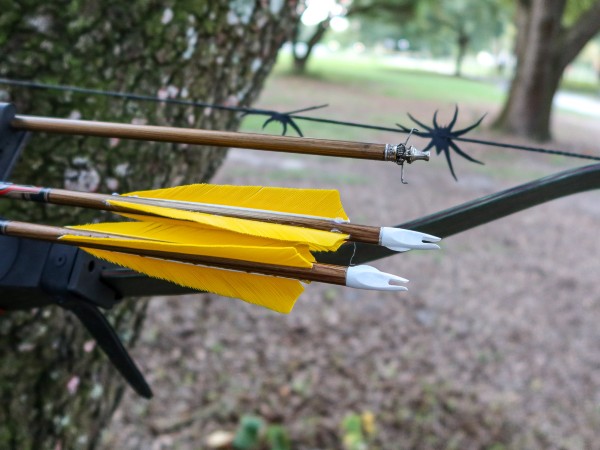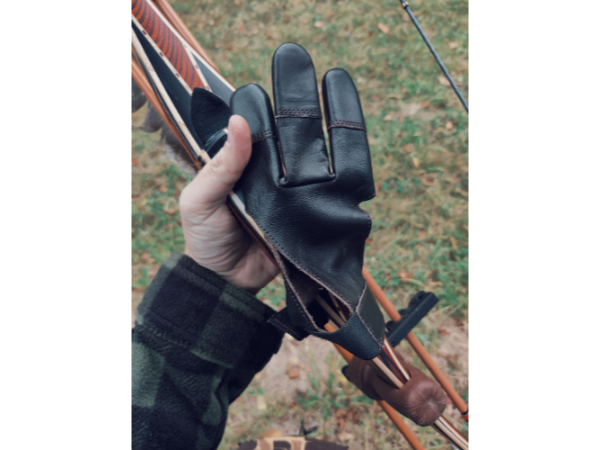While surfing the web for interesting tidbits of information that you might find valuable, I came across a website called www.wilderness-survival.net. They kindly allowed me to reprint this easy navigation tip.
The earth’s relationship to the sun can help you to determine direction on earth. The sun always rises in the east and sets in the west, but not exactly due east or due west. There is also some seasonal variation. In the northern hemisphere, the sun will be due south when at its highest point in the sky, or when an object casts no appreciable shadow. In the southern hemisphere, this same noonday sun will mark due north. In the northern hemisphere, shadows will move clockwise. Shadows will move counterclockwise in the southern hemisphere. With practice, you can use shadows to determine both direction and time of day.
In the shadow-tip method, find a straight stick 1 meter long, and a level spot free of brush on which the stick will cast a definite shadow. This method is simple and accurate and consists of these steps:
- Place the stick or branch into the ground at a level spot where it will cast a distinctive shadow. Mark the shadow’s tip with a stone, twig, or other means. This first shadow mark is always west–everywhere on earth.
- Wait 10 to 15 minutes until the shadow tip moves a few centimeters. Mark the shadow tip’s new position in the same way as the first.
- Draw a straight line through the two marks to obtain an approximate east-west line.
Stand with the first mark (west) to your left and the second mark to your right–you are now facing north. This fact is true everywhere on earth.
* * * *
A variation of this tip comes to us from David. He said, I had an old bowhunter tell me how to find the same E-W line at night. Most books tell you to find the North Star, but you can’t always see it in the deep woods. The same stick you used to cast a shadow can help at night. Take the stick, set down with your back against a tree and put the stick into the ground. Now put your head against that tree to hold it still, and align the tip of that stick to any star. After 10 minutes see where that star is. The direction it moved will be east. Since the earth rotates east to west, the line will be E-W.
Bill wrote to tell us: If you point the hour hand of your watch in the direction of the sun, opposite the shadow described, 6 points north, 3 west, 12 south and 9 east. It is not necessary to wait for a second point to create an east-west line.
(Applicable to northern hemisphere and standard time; digital watches need not apply!)







Shadow Tip Navigation. Periodically test both the daylight and night versions described in the tips in a familiar environment where you know the actual compass directions. Eventually you will “memorize” these valuable tips for when you need them. Teach the kids you know so they learn these important non-electronic navigation aides.
The “sidereal time” tip using a stick and star rotation is a good one. A couple other nighttime tips for finding direction:
1. You can find north using the two “pointer stars” in the cup of the Big Dipper to point to Polaris, which lots of people know. The Big W of Cassiopeia also points to Polaris, on the other side of the pole star.
2. In the summer and fall, you can use the “Summer Triangle” to find south. The Summer Triangle is three bright stars – Vega, Altair and Deneb – that ride high in the sky from mid-Summer to early Fall. The triangle always points south, like an arrow. Polynesian navigators – possibly the best ever – called this asterism the “Navigator’s Triangle” for this reason.
3. The sword that hangs from Orion’s belt also points due south. Orion is visible in the pre-dawn morning in September, and is visible in the evening starting late October.
4. When the Moon is visible and in a quarter-phase, if you draw a line through the tips of the crescent (through the “horns” of the Moon) the line will point south.
Peter S. Down Under
Just a quick note. I always enjoy the tips in this column and the latest set on navigation without electronics was appreciated. I just have to remember not to wear my watch with hands and not a digital model!
All the best and thanks for the good information.
Cheers
Peter
I am having trouble wrapping my head around that last one. Seems different times of day would give different results????
This one is, as far as I know, not quite correct:
Bill wrote to tell us: If you point the hour hand of your watch in the direction of the sun, opposite the shadow described, 6 points north, 3 west, 12 south and 9 east. It is not necessary to wait for a second point to create an east-west line.
Sadly it is a (tiny) little bit more complicated.
It is not 12 that points south, but the middle between 12 and the hour hand.
I learned these methods plus compass navigation when I was in Boy Scouts some 50-odd years ago. While in southern Arizona a couple of years ago the team leader of our squad didn’t think we were on the right mountain we were assigned to. I picked out three prominent locations and located each o our topo map and dug out my lensatic compass. We were on our assigned spot.
When we used to chase raccoons in the dead of night Orion was our guide. When the clouds obscured him we all had a ball compass pinned to our sleeve. Even today I still have a ball compass pinned on my quiver and another one pinned on my sleeve. Electronics are nice but batteries die at the most inconvenient time. With today’s cell phones I haven’t worn a watch for years.